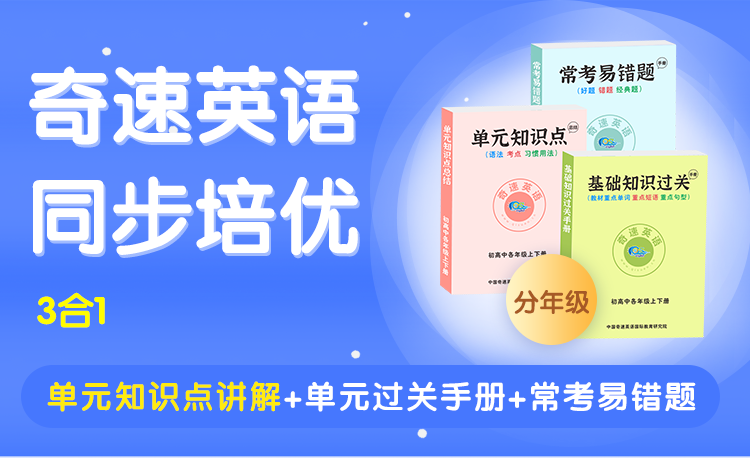
Does your soul die a little every time you throw away unused food? Mine does. Maybe that feeling comes from growing up in South Africa, where the phrase “there are children starving in Africa” was more of an uncomfortable reminder of fact than a prayer at dinner time.
Food waste is a growing concern in the restaurant, supermarket, and supply chain industries. From technological solutions to educational campaigns, food producers and sellers are looking for ways to use more of what we’re already growing. But last month, one popular New York City restaurant tried a different way: It changed its menu to exclusively (专门) offer food that would otherwise be thrown away.
For two weeks in March, Greenwich Village’s Blue Hill restaurant was renamed wastED, and served items like fried skate cartilage, a juice pulp burger, and a dumpster diver’s vegetable salad. Each dish was tailor-made to raise awareness regarding food waste.
A study by the Food Waste Alliance determined that the average restaurant generates 33 pounds of food waste for every $1,000 in revenue (收入), and of that waste only 15.7% is donated or recycled. Up to 84.3% is simply thrown out. Restaurants like Silo in the UK have experimented with zero-waste systems, but wastED took the concept to its logical conclusion.
It should be noted that none of the items on wastED’s menu was technically made from garbage. Instead, all the ingredients (配料) used were examples of meat cuts and produce that most restaurants would never consider serving. Things like kale ribs, fish collars, rejected sweet potatoes, and cucumber butts were all re-appropriated and, with the help of a number of good chefs, turned into excellent cuisine.
Though wastED received enthusiastic reviews, it was designed from the start as a short-lived experiment; Blue Hill has since returned to its regular menu. Nevertheless, it serves as a reminder that there are many ways to address problems of sustainability, and that you can make an amazing meal out of almost anything.





 更多优质学习内容
更多优质学习内容



